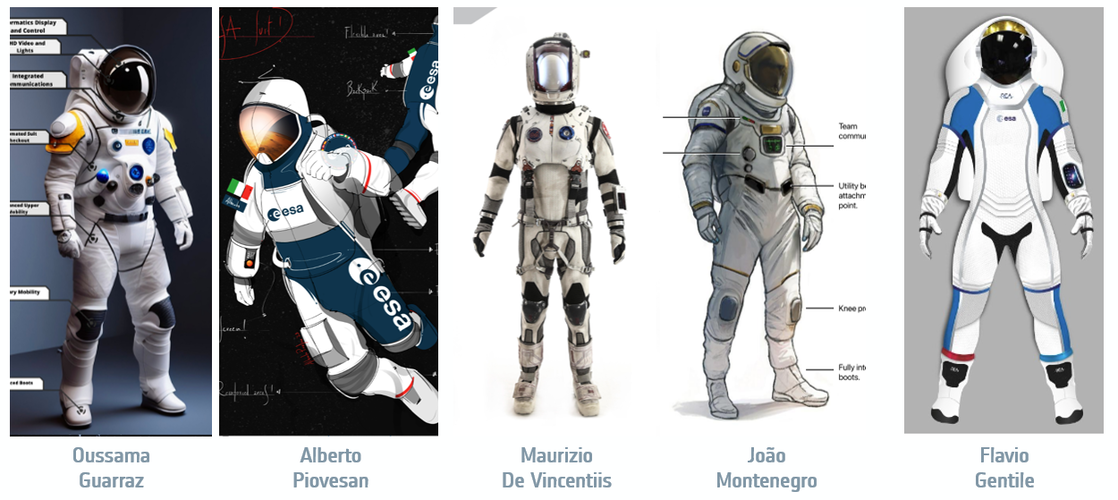
Copernical Team
NASA's Parker Solar Probe completes 16th close approach to the sun
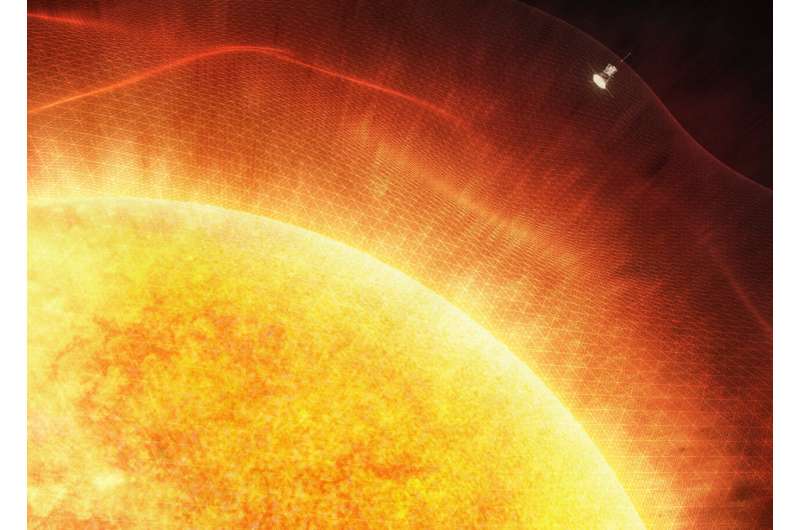
NASA's Parker Solar Probe accomplished a milestone on June 27, 2023—its 16th orbit of the sun. This included a close approach to the sun (known as perihelion) on June 22, 2023, where the spacecraft came within 5.3 million miles of the solar surface while moving at 364,610 miles per hour. The spacecraft emerged from the solar flyby healthy and operating normally.
On Aug. 21, 2023, Parker Solar Probe will swing past Venus for its sixth flyby of the planet. To prepare for a smooth course, the mission team at the Johns Hopkins Applied Physics Laboratory (APL) applied a small trajectory correction maneuver on June 7, 2023, the first course correction since March 2022.
This flyby will be the sixth of seven planned flybys of Venus during Parker's primary mission. Parker uses Venus's gravity to tighten its orbit around the sun and set up a future perihelion at just 4.5 million miles from the sun's surface.
Euclid launch broadcast replay
 Video:
01:45:00
Video:
01:45:00
Watch a replay of the launch broadcast for ESA’s Euclid.
ESA’s Euclid mission was launched into space on a SpaceX Falcon 9 from Cape Canaveral in Florida, USA, on 1 July 2023. It is now on its way to Sun-Earth Lagrange point L2.
By observing billions of galaxies out to 10 billion light-years, the space telescope will create the most detailed 3D-map of the Universe, with time as the third dimension.
The launch broadcast programme includes live segments from the launch site and ESA’s European Spacecraft Operations Centre (ESOC) in Darmstadt, Germany.
Watch the replay of the liftoff.
Access the related
European satellite strikes lightning
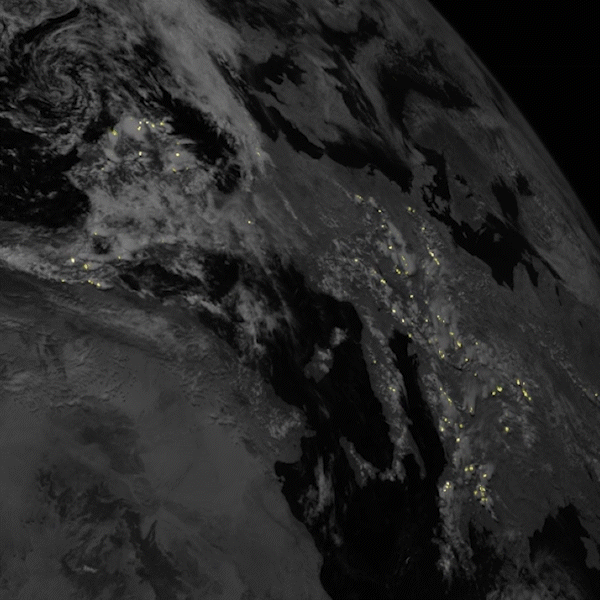
The first ever satellite instrument capable of continuously detecting lightning across Europe and Africa has now been switched on. New animations from the innovative ‘Lighting Imager’ confirm the instrument will revolutionise the detection and prediction of severe storms.
First data from Europe’s Lightning Imager
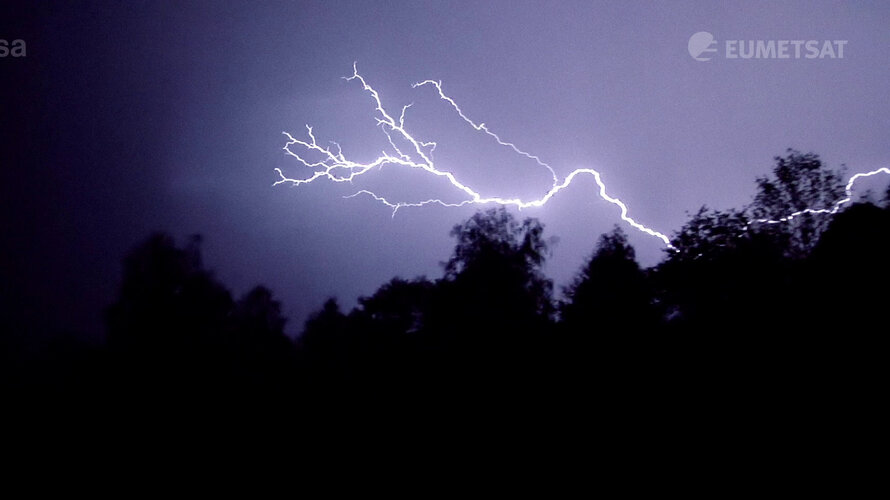 Video:
00:04:49
Video:
00:04:49
Discover the first results from Europe’s first Lightning Imager onboard the Meteosat Third Generation. The Lightning Imager can continuously detect rapid flashes of lighting in Earth’s atmosphere whether day or night from a distance of 36 000 km.
This is the first time a geostationary weather satellite has the capability to detect lightning across Europe, Africa and the surrounding waters. Each camera can capture up to 1000 images per second and will continuously observe lightning activity from space. The data will give weather forecasters greater confidence in their predictions of severe storms.
Watch live: First data from Europe’s first lightning detector
Watch live: First data from Europe’s first Lightning Imager
Tune in at 14:00 CEST for the first results from MTG’s lightning detector
Commanding role for Andreas in space
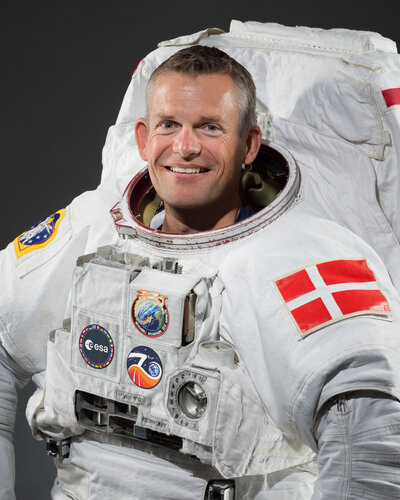
ESA astronaut Andreas Mogensen will be commander of the International Space Station (ISS) during his Huginn mission, becoming the sixth European astronaut to fulfil this role.
SpaceX Dragon splashes down carrying 3,600 pounds of samples, experiments
 A SpaceX Dragon cargo spacecraft splashed down off the coast of Florida Friday, carrying about 3,600 pounds of scientific experiments and samples from the International Space Station.
The Dragon detached from the ISS's Harmony module Thursday and made a parachute-assisted splashdown at about 10:30 EDT off the coast of Florida Friday.
The Dragon spacecraft was launched from Kenned
A SpaceX Dragon cargo spacecraft splashed down off the coast of Florida Friday, carrying about 3,600 pounds of scientific experiments and samples from the International Space Station.
The Dragon detached from the ISS's Harmony module Thursday and made a parachute-assisted splashdown at about 10:30 EDT off the coast of Florida Friday.
The Dragon spacecraft was launched from Kenned JUPITER 3 arrives at Cape Canaveral for launch
 Hughes Network Systems reports that its JUPITER 3 ultra high-density satellite has arrived in Cape Canaveral, FL, for its upcoming launch. JUPITER 3, also known as EchoStar XXIV, was built by Maxar Technologies in Palo Alto, CA, and is engineered to deliver gigabytes of connectivity to customers across North and South America. Last night, the satellite was carefully loaded onto an Antonov aircra
Hughes Network Systems reports that its JUPITER 3 ultra high-density satellite has arrived in Cape Canaveral, FL, for its upcoming launch. JUPITER 3, also known as EchoStar XXIV, was built by Maxar Technologies in Palo Alto, CA, and is engineered to deliver gigabytes of connectivity to customers across North and South America. Last night, the satellite was carefully loaded onto an Antonov aircra Imagine walking on Hera's asteroid
 September NASA's DART mission returned images of the boulder-strewn Dimorphos moonlet just before impacting it, in an audacious and ultimately successful attempt to shift its orbit around its parent asteroid Didymos.
Following on from DART, Hera will carry with it a pair of shoebox-sized 'CubeSats' that conclude their own observations by landing on Dimorphos. Team members have been using D
September NASA's DART mission returned images of the boulder-strewn Dimorphos moonlet just before impacting it, in an audacious and ultimately successful attempt to shift its orbit around its parent asteroid Didymos.
Following on from DART, Hera will carry with it a pair of shoebox-sized 'CubeSats' that conclude their own observations by landing on Dimorphos. Team members have been using D 

